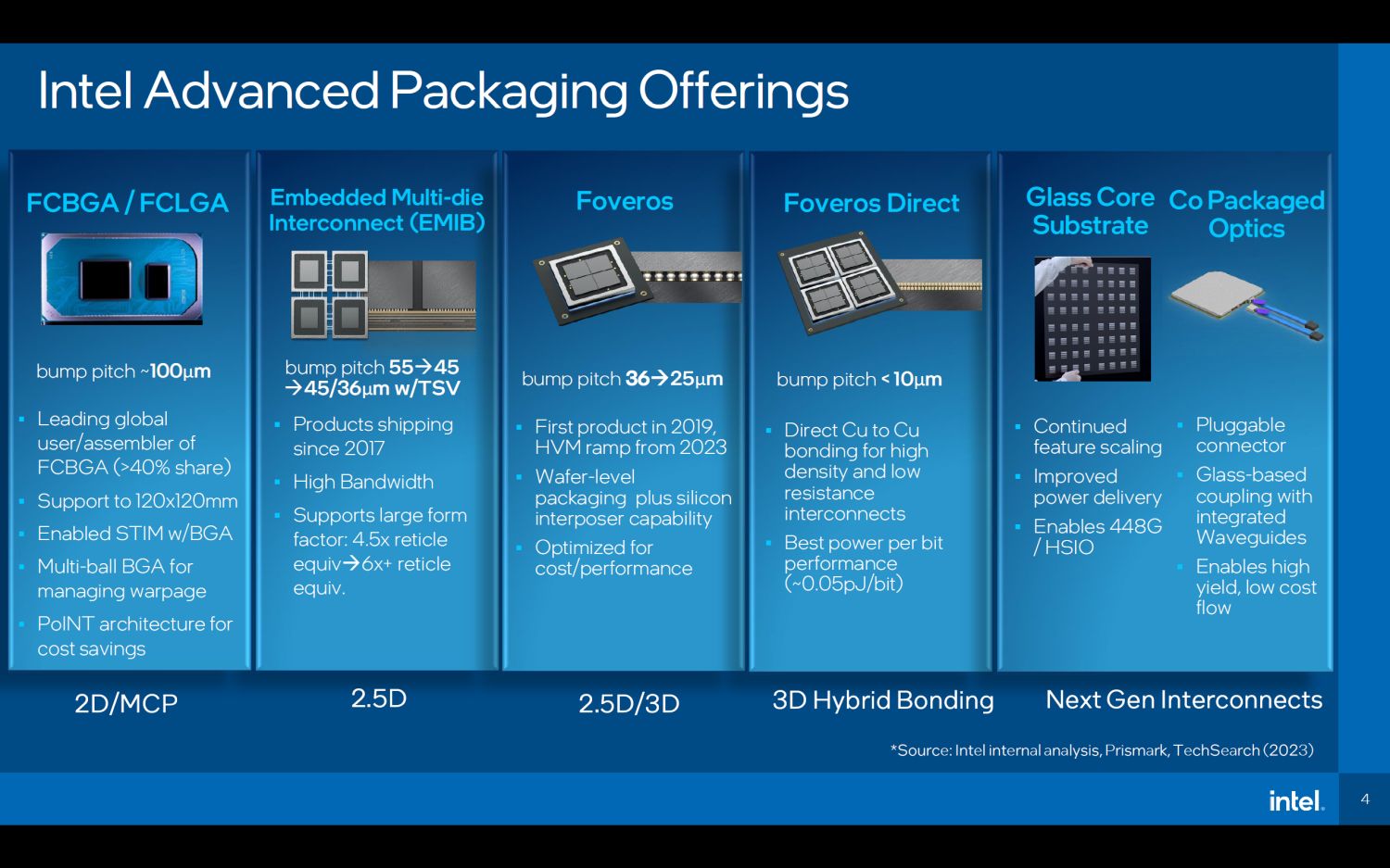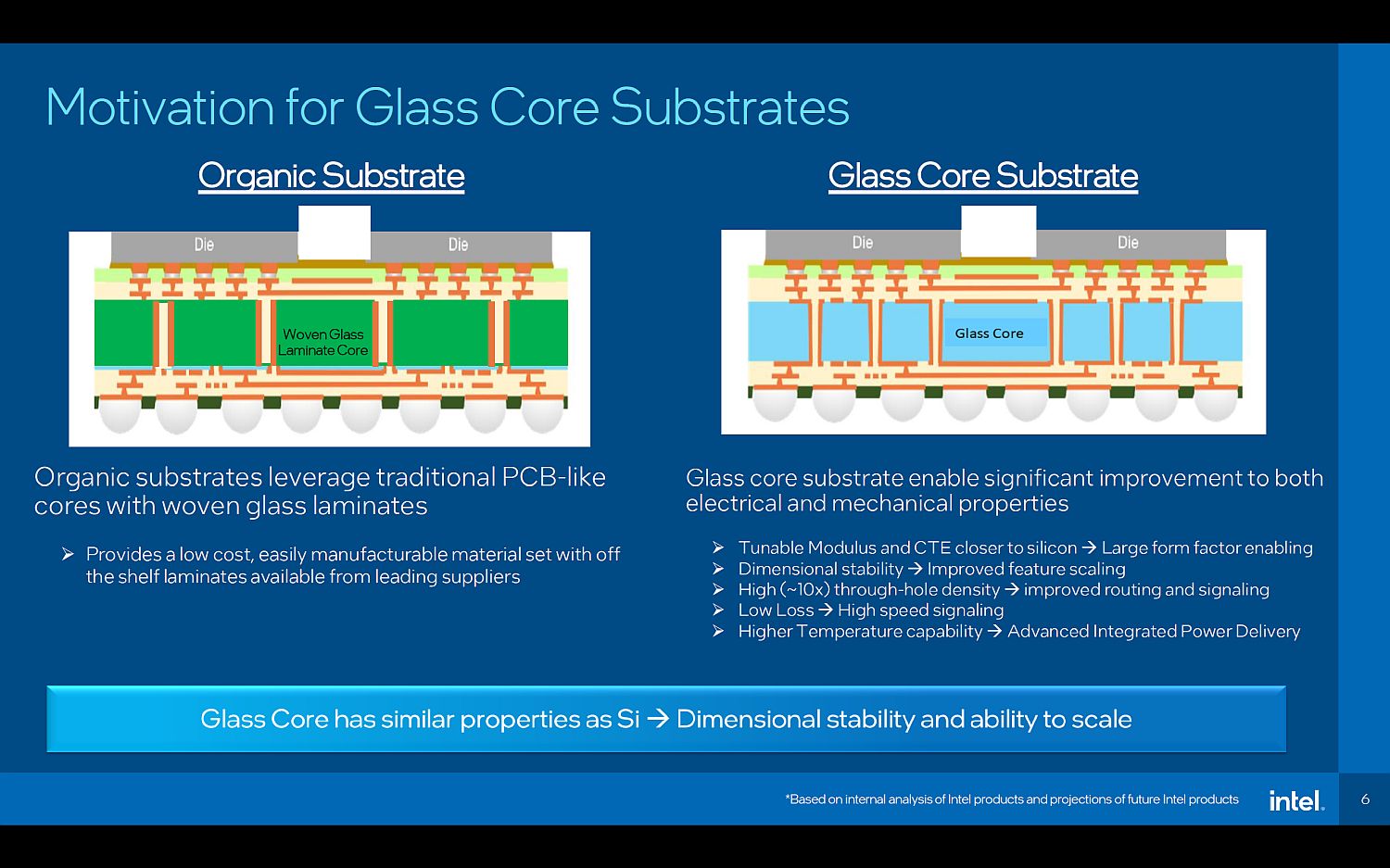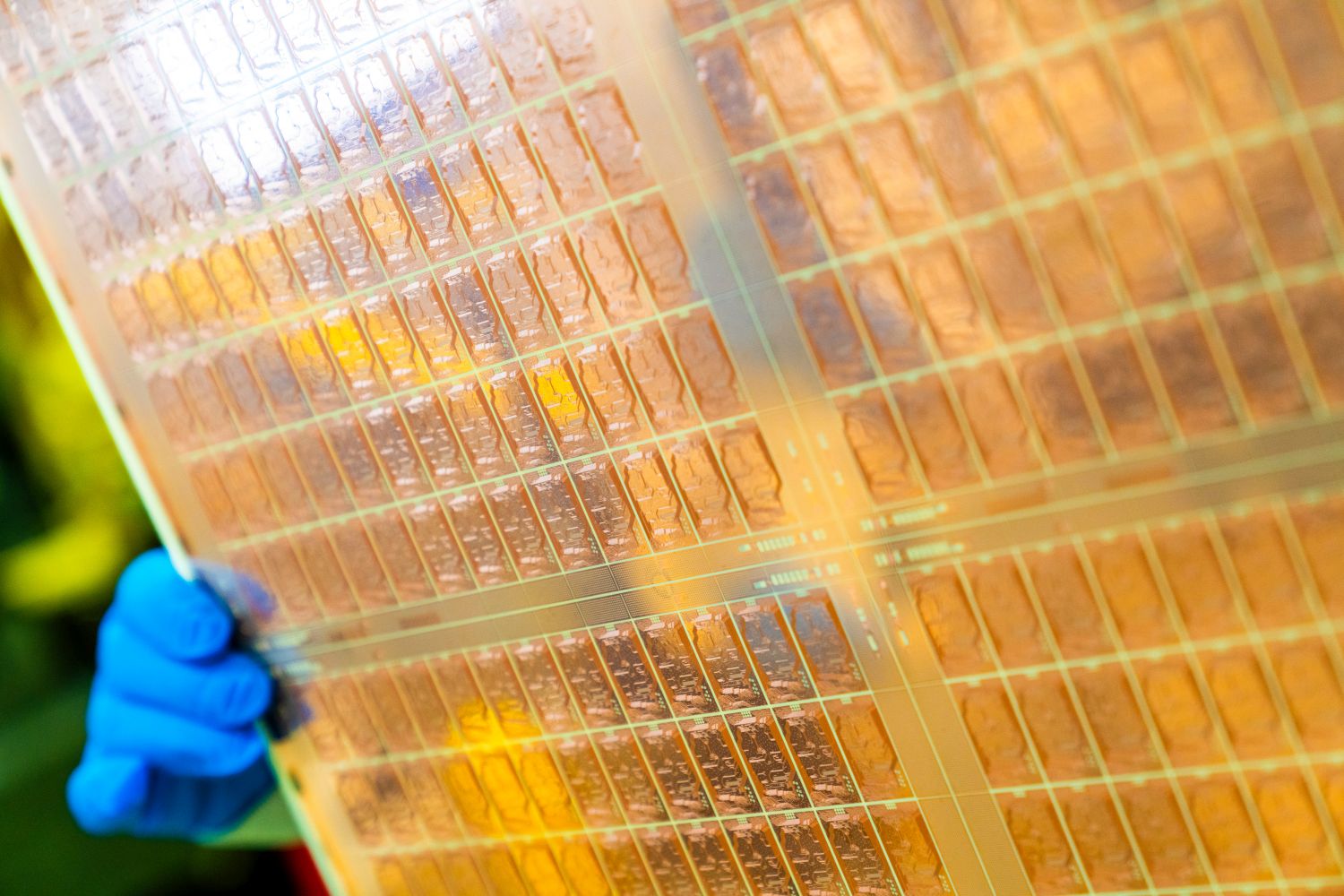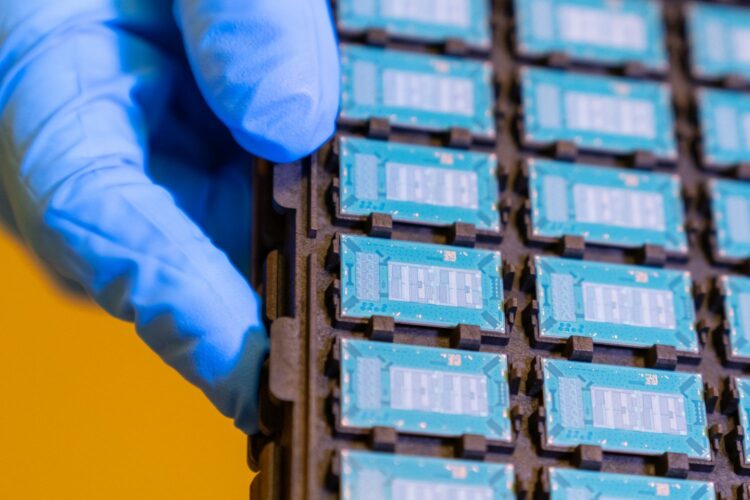During the Intel Innovation 2023 keynote today, Pat Gelsinger, CEO of Intel, gave passing mention to a new kind of technology that the company plans on using for the future of all its substrates, and it is all about glass. More specifically, the chipmaker is looking towards manufacturing Glass Core Substrates after Foveros, making it the next generation of interconnects.
Prior to today’s presentation, Intel had given us a rundown about why it was moving towards a future using Glass Core Substrates. To be clear, the chipmaker says that both organic and glass substrates will still co-exist, but their respective use case and applications will differ from scenario-to-scenario.


Intel went on to explain that several benefits of a Glass Core Substrate included significant improvements, both to electrical and mechanical properties. Compared to the organic substrate, a chip with a glass core substrate brings about what the chipmaker calls Tunable Modulus and CTE closer to silicon and that in turn, allows for larger form factor enabling.
In addition, a Glass Core Substrate also provides improved feature scaling and a higher through-hole density of around 10x what an organic substrate provides, thus further improving routing and signalling. Lastly, Intel claims that using a Glass Core will be able to provide much power delivery and performance-per-watt, along with improved tolerance for higher thermals that offers 50% less pattern distortion.

At the moment, Intel’s Glass Core Substrate won’t be coming for a while and frankly, the first application of the technology will be via the chipmaker’s datacentre and AI-based products, meaning that we won’t actually see it trickle down into the consumer-ready Core and Core Ultra series anytime soon.


